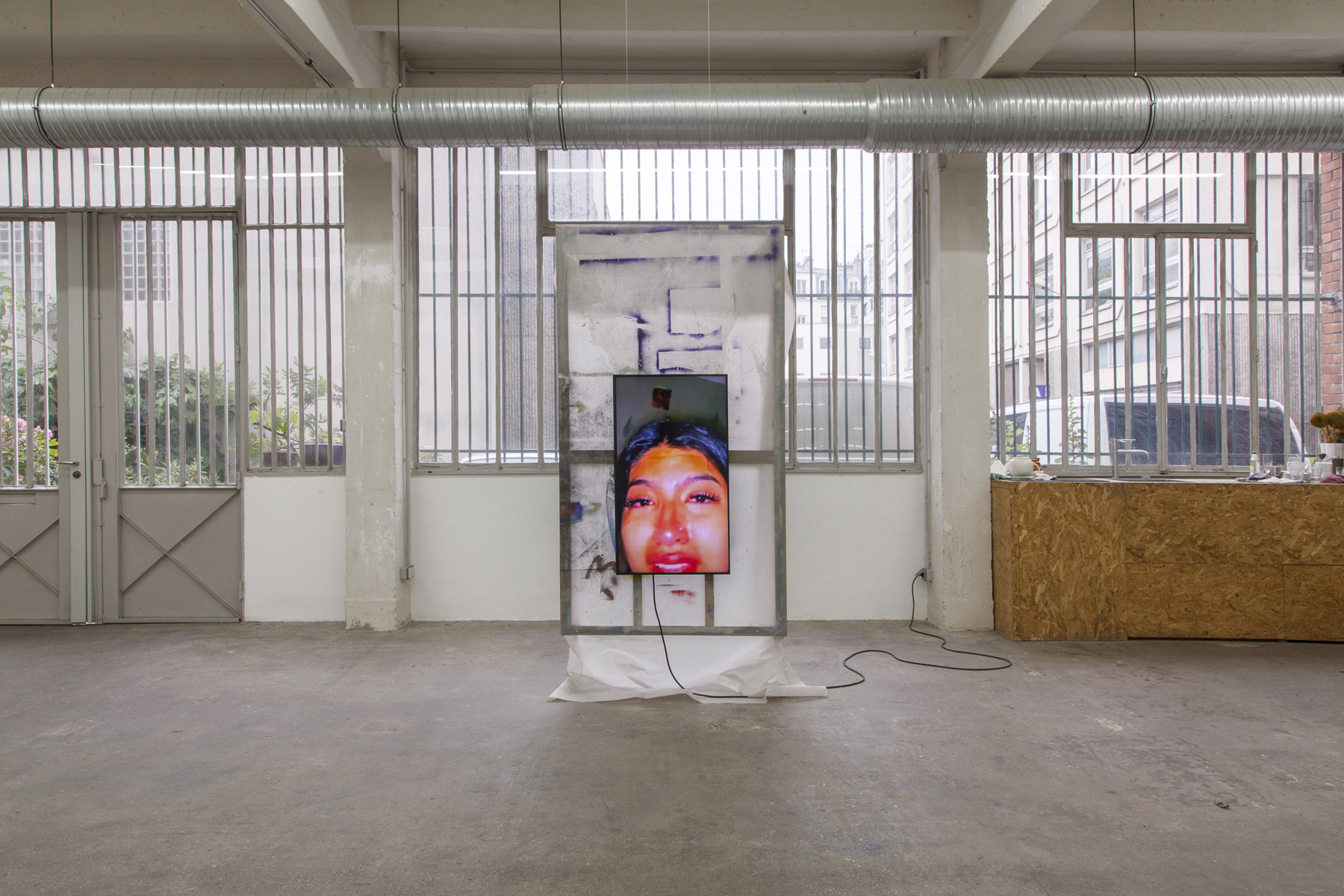 La vie normale, 2021
La vie normale, 2021Exo Exo, Paris
 La vie normale, 2021
La vie normale, 2021Exo Exo, Paris
 La vie normale, 2021
La vie normale, 2021Exo Exo, Paris
 La vie normale, 2021
La vie normale, 2021Exo Exo, Paris
HD video, sound
2'10''
Inquire
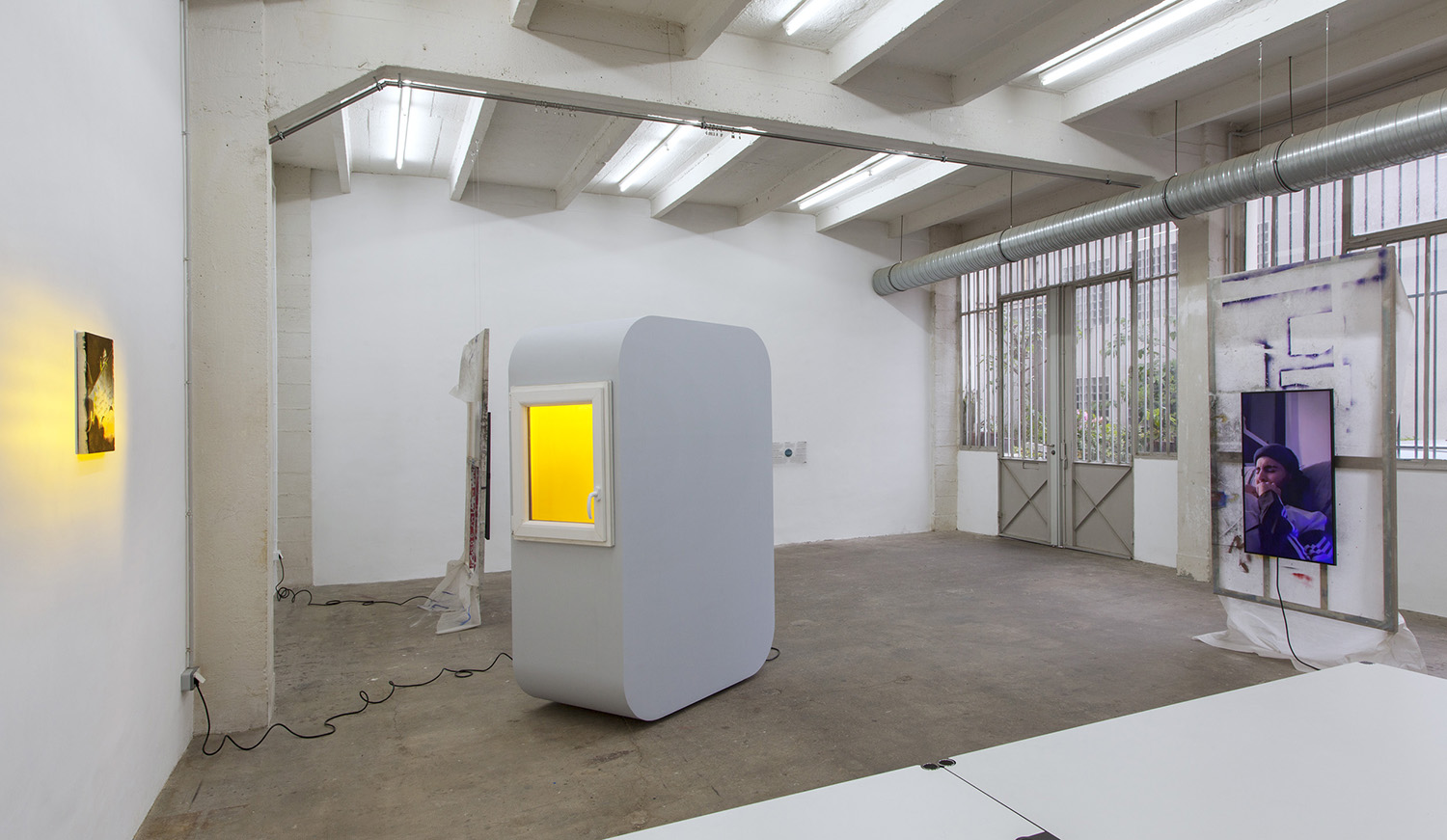 La vie normale, 2021
La vie normale, 2021Exo Exo, Paris
 La vie normale, 2021
La vie normale, 2021Exo Exo, Paris
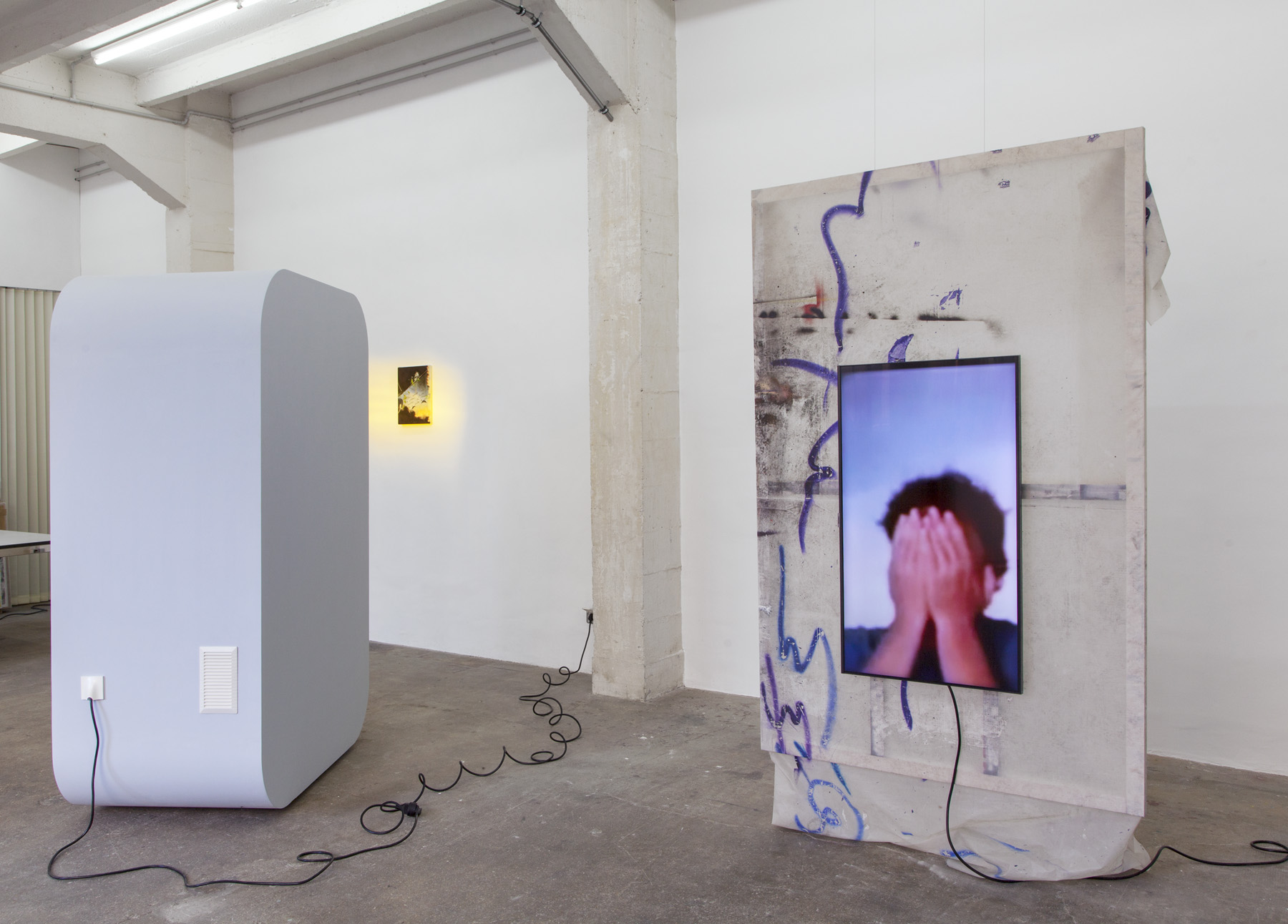 La vie normale, 2021
La vie normale, 2021Exo Exo, Paris
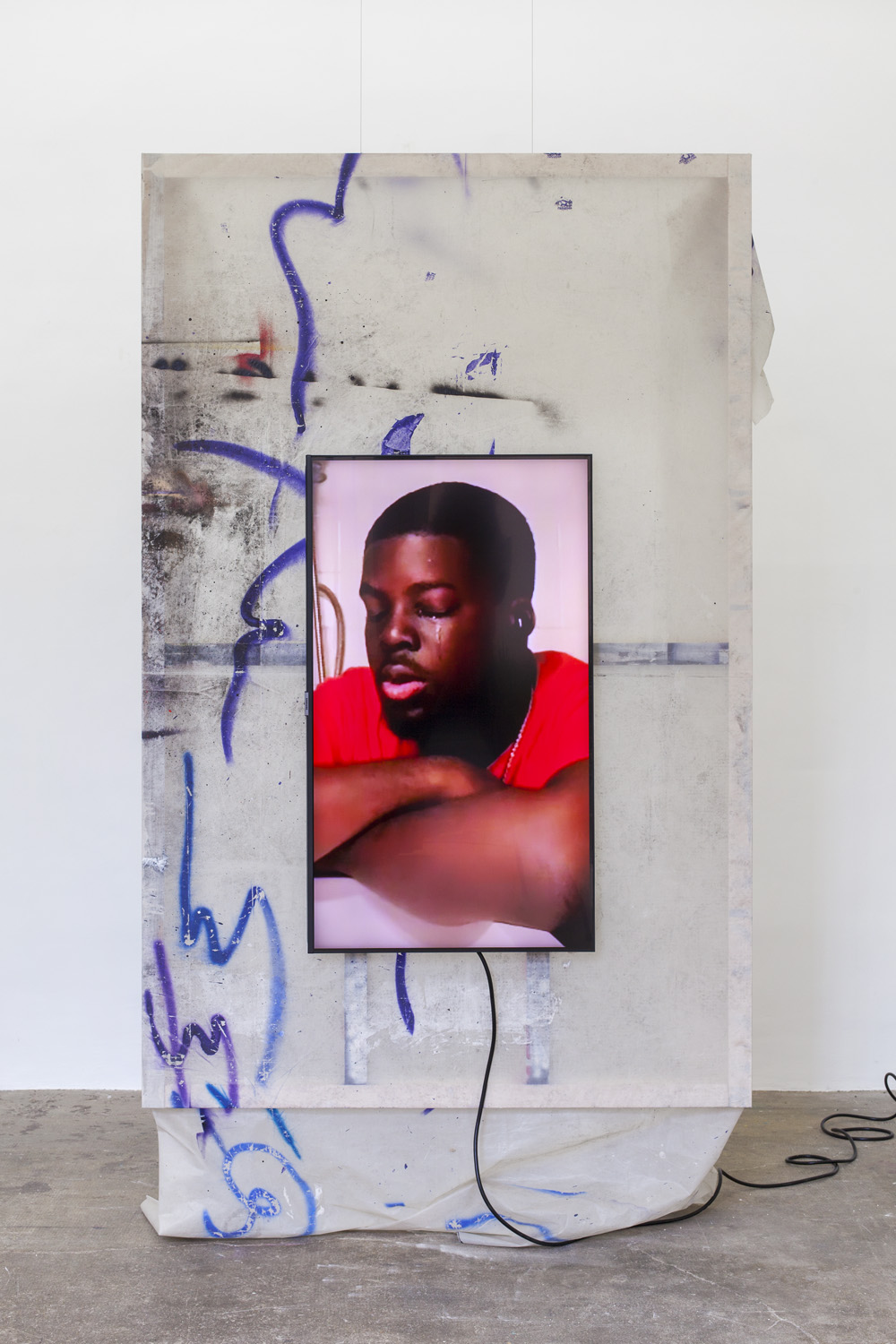 La vie normale, 2021
La vie normale, 2021Exo Exo, Paris
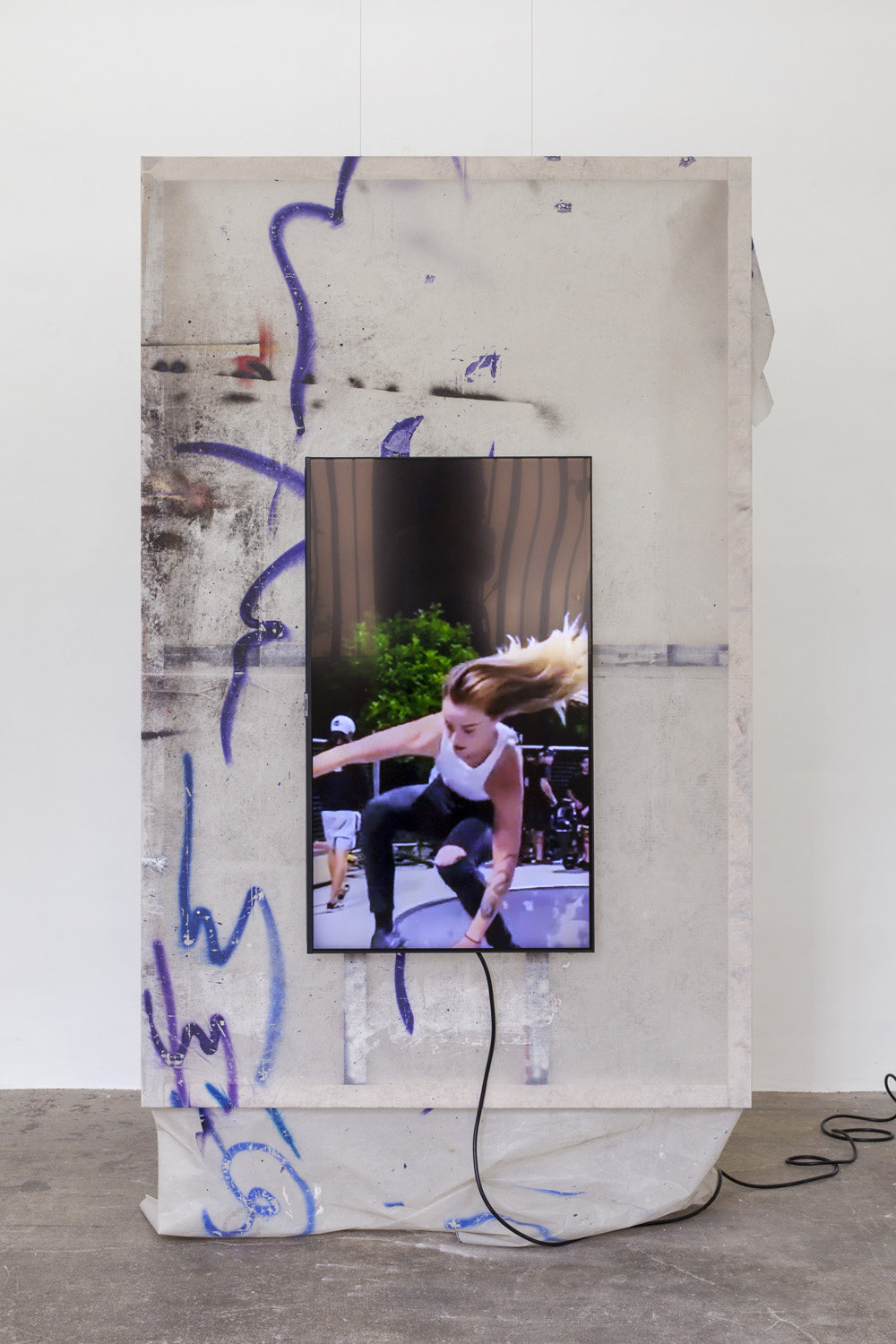 La vie normale, 2021
La vie normale, 2021Exo Exo, Paris
 La vie normale, 2021
La vie normale, 2021Exo Exo, Paris
 La vie normale, 2021
La vie normale, 2021Exo Exo, Paris
HD video, sound
2'29''
Inquire
 La vie normale, 2021
La vie normale, 2021Exo Exo, Paris
 La vie normale, 2021
La vie normale, 2021Exo Exo, Paris
We were sitting on the bench in front of Exo with Antoine, when he said to me: "Normal life is the life you don't have.” Whether you run away from it or seek it out, normal life is really just a bunch of projections. Right now, for many of us, normal life is as commonplace as meeting up with friends, sitting outdoors at a café, moving around freely, going back to work, or going to a museum. Antoine, Ben and Gaspar precisely question our representations of these territories of normalcy. According to Gaspar, it is linked to living and working spaces, and the way we inhabit these places. For Antoine, it is the affects and social ties that seek a form of standardization in their expressions, while for Ben it is the figure of the artist itself that defines a universality of tastes. Normal life is a fantasy fueled by our imaginations, our aspirations and our social interactions, whether "normal" is what we want or not.
The four of us discussed it. Here are transcribed extracts from our discussions.
Gaspar Willmann: I grew up in a seaside resort. In fact, it is a place where we pass and where we consume standard things: a family-optimized home, a unique nightclub that looks like a movie set, etc ... The behaviors of the vacationer are also the same, because they are all there for the same reasons. But once the season is over, a vacuum sets in.
Ben Elliot: I find it interesting to let technology generate through the data that we generate ourselves, because it is doing this increasingly better, and doing it better than we are. Simulating standards of taste is a strategy to build the most valid work possible, to seduce people, to make them want to acquire. What could be easier than buying a painting? It really is the most commonplace object in the world.
G. W: Our tastes are closely linked to things we have experienced or observed, hence my interest in déjà vu. It's like what makes a great chorus in a popular song.
B. E: In my series, painting is an ordinary object which nevertheless challenges people's standards a little.
Antoine Donzeaud: For me there is something reassuring in banality. Domestic spaces and the common patterns of the bed or the sofa come up all the time in my work because they reassure me. It’s the idea of a safe space where you are included, protected. It's also the idea of letting go. I never create shapes from scratch, but I use codes. The sofa is really for me the emblem of the home of the 90s. The sofa and the TV were the winning duo of suburban lodging. I still remember people saying at school, "We don't have a TV at home." I couldn't believe it. I was like, “How do these people do that ?! "
G.W: Normal life is one that is written in advance, excluding the unforeseen. Holidays are one week a year and the rest of the time a 9 to 5 job. It's building barriers, perhaps to avoid seeing things that bother you or lead to overthinking. Normal life is bullshit jobs, but beware, being an artist is as much a bullshit job as being a telecommunications operator!
B. E: Basically, painting responds to a need to visually express things. Paintings were there to be able to transport images. You couldn't take pictures! Today you can scan yourself in 3D ! We must evolve with the tools that are at our disposal.
G. W: My "golden hour box" is an object and a commonplace reminiscent of the mobile home, seaside architecture, PVC windows or even the light sought by Instagram aficionados. But it is above all a technical and romantic quest to want to reproduce a sun, for the times when it is needed.
A.D: I stage myself through the characters in my videos. In each of them there is a part of me. I select pieces of their life that I identify with. You always tend to think that you are unique emotionally, that the things that touch you only touch you. With social networks, you realize that people express your own emotions with incredible precision. It fascinates me. In fact, I would like to be able to express as much as them. No one is special deep down.
BE: For example, I was having my water heater changed at home two months ago and one of the guys saw one of my paintings in my living room and he said to me: “Excuse me, I've been stuck on it for 20 minutes, it's really beautiful, did you paint it? ” It is the historical baggage of painting that allows everyone to appreciate it without barriers.
G.W: The sunset and still life respond to this cocktail of commonplaces. The notions of beautiful, pretty - and their negation - are very important since these are the first adjectives used to try to express a feeling or an opinion in front of a work of art.
A.D: I have a lot of empathy for the people I see on social media and put in my videos. These people touch me, all of them, not just those who cry. I find them creative, the way they stage themselves is so inventive! I want to tap into their little stories. I am a dazzled observer of people who look normal. I never liked the stars, I like the underdogs, the challengers. I don't like the idea of having an idol. I'm not a fan of, I'm a fan of people, normal people.
GW: It's a model that I try to escape, probably related to the cocoon in which I grew up: the son of the ice-cream man became an ice-cream man, the daughter of the fishmonger is a fishmonger, and my best friend from childhood took over his father's jet ski rental job. We want this matrix to short-circuit a little from that position.
B.E: Playing the part of the painter, I felt like I was giving people a more standardized experience than usual, giving them the right context of art and artist. With painting, you have a workshop, you can do a residency, you can present works and these works are on walls. When I am in my office, in front of my computer presenting my crypto, I am well aware that this is not exactly what all people expect, or at least less simply so. But art isn’t supposed to be easy, I guess.
– Interview by Elisa Rigoulet